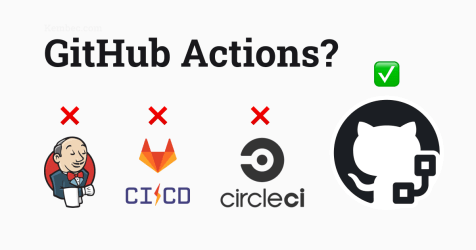5 Advanced Tips for Getting Started with Microservices Architecture
Microservices architecture is a software design strategy that has revolutionized the way applications are developed and deployed. However, entering this world requires a deep understanding and meticulous planning. Here are five unconventional tips, based on my experience, to successfully start with microservices architecture:

1. Adopt a Modular Approach from the Design Phase:
Often, the transition to microservices is seen as a restructuring of existing code, but the real change begins in the design phase. Consider each service as a modular component with its own development lifecycle. Use modeling tools and specifications like OpenAPI to clearly define service interfaces before starting coding.
2. Prioritize Test Automation:
Microservices may be independent, but their interactions create complexities that can only be managed with robust automated testing. Invest in tools that offer integration and contract testing, ensuring that services interact with each other as expected under any circumstances.
3. Use Containers from the Start:
Containers, like Docker, provide a consistent execution environment for each microservice, simplifying testing and deployment. My experience in configuring and maintaining Nginx servers, as well as container orchestration with Docker, has shown that containerization is not just an option, but a necessity in microservices.
4. Implement a Robust API Gateway:
An API gateway acts as a single entry point for all requests directed at your microservices. This not only simplifies security and traffic management but also allows for implementing features like authentication, authorization, and rate limiting without modifying each individual service.
5. Centralized Monitoring and Logging:
The decentralization of services means that tracking where problems occur can be challenging. Implement a centralized monitoring and logging solution that can collect data from all microservices. Tools like ELK Stack or Prometheus, combined with consistent logging strategies, are essential for maintaining visibility in distributed environments.
Final Thoughts
Starting with microservices is more than breaking down a monolithic application into smaller parts; it’s adopting a new philosophy of how services can and should interact in a modern digital ecosystem. Have you considered how these changes could affect not only your technological infrastructure but also the culture of your development team?
Each step towards microservices is not only a technical improvement but also an opportunity to enhance collaboration and agility within your organization. Are you ready for this exciting journey? Go ahead, the future is modular!





